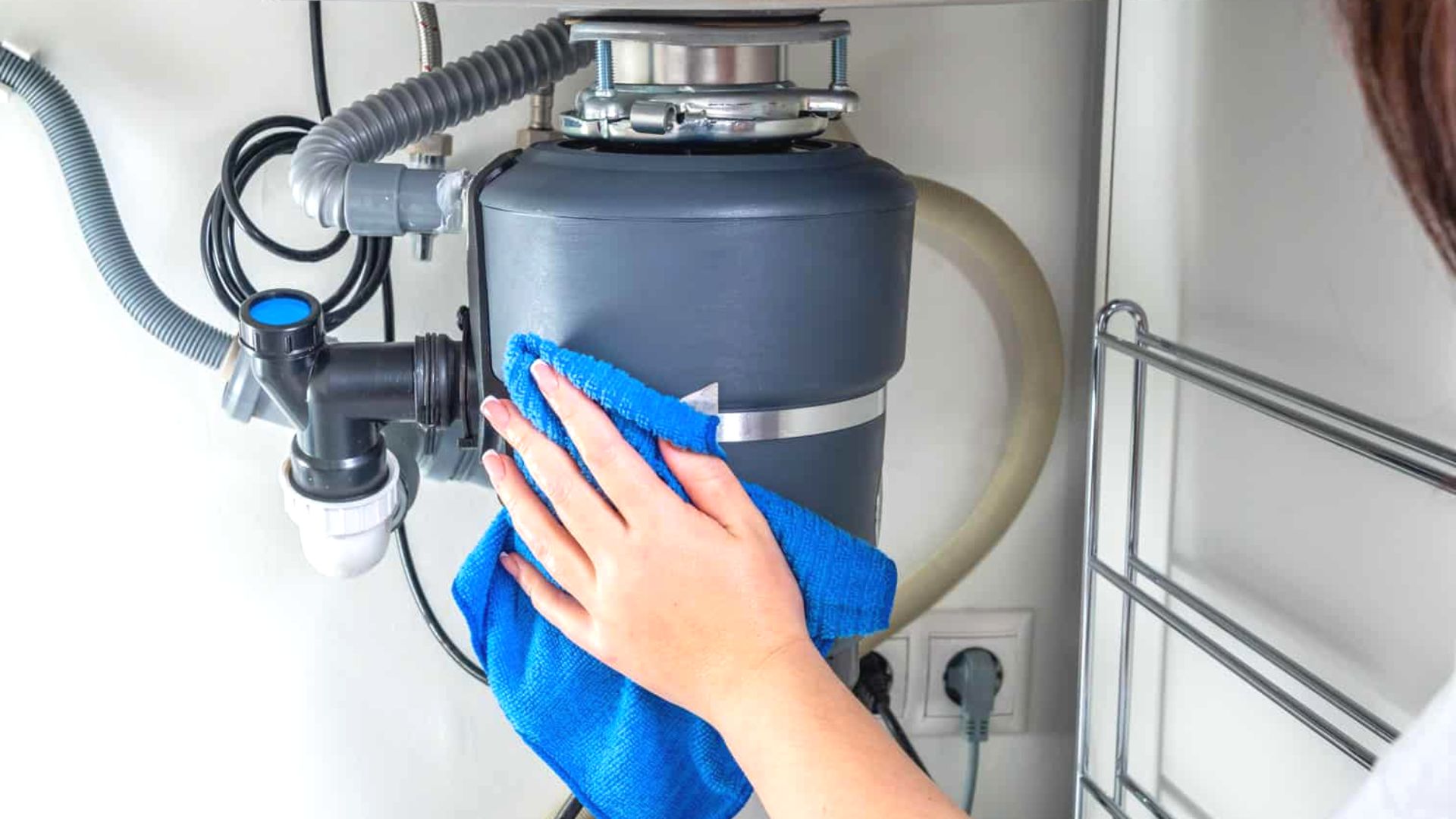Helpful Methods for Fixing a Dripping Garbage Disposal
Helpful Methods for Fixing a Dripping Garbage Disposal
Blog Article
How do you actually feel in relation to Tips on Fixing a Leaking Garbage Disposal?

Garbage disposals are important kitchen area devices that aid in taking care of food waste effectively. Nonetheless, a leaking garbage disposal can be a frustrating and messy issue to handle. Thankfully, many leakages can be taken care of easily with a couple of easy steps. In this article, we will certainly discuss just how to fix a leaking waste disposal unit successfully.
Intro
Garbage disposals are set up under kitchen area sinks and are developed to shred food waste into smaller pieces, allowing it to pass through the plumbing system easily. While these gadgets are normally trusted, leaks can take place over time because of deterioration, loose connections, or damage to the device.
Usual Causes of Leakages in Rubbish Disposals
Worn Seals and Gaskets
Seals and gaskets play an important duty in stopping water from leaking out of the garbage disposal. With time, these elements can weaken, bring about leakages around the disposal unit.
Loose Links
The links in between the garbage disposal and the plumbing system can end up being loosened gradually, causing water to leakage out during procedure.
Cracks or Openings in the Disposal Unit
Physical damages to the waste disposal unit, such as fractures or openings in the housing, can also lead to leaks.
Identifying the Source of the Leak
Before attempting to take care of a leaking waste disposal unit, it is necessary to determine the resource of the leakage. This can normally be done with aesthetic examination or by conducting easy examinations.
Visual Inspection
Examine the garbage disposal device meticulously for any kind of indications of water leak. Pay close attention to areas around seals, gaskets, and connection factors.
Examining for Leaks
One method to test for leakages is by running water via the disposal system and checking for any noticeable indications of leakage.
Devices and Materials Needed for Dealing With a Leaking Waste Disposal Unit
Prior to starting the repair service procedure, collect the essential devices and products, including a screwdriver, flexible wrench, plumbing professional's putty, substitute seals or gaskets, and epoxy or patching material for fixing splits or holes.
Step-by-Step Overview to Fixing a Dripping Garbage Disposal
Shut off the Power
Prior to trying any type of repair services, ensure that the power to the waste disposal unit device is switched off to stop the threat of electrical shock.
Find the Leakage
Recognize the precise area of the leakage and establish the reason.
Tighten Links
Utilize a wrench to tighten any kind of loose connections between the disposal system and the plumbing system.
Replace Seals or Gaskets
If the leakage results from used seals or gaskets, get rid of the old components and replace them with new ones.
Patching Cracks or Openings
For splits or openings in the disposal unit, use epoxy or an appropriate patching product to secure the damaged location.
Checking the Waste Disposal Unit After Repair
Once the fixing is total, test the waste disposal unit by running water via it to make sure that the leakage has actually been fixed.
Preventive Maintenance Tips to Stay Clear Of Future Leakages
To avoid future leakages, it is vital to execute normal maintenance on your waste disposal unit. This includes maintaining it tidy, staying clear of placing non-food products or hard objects down the disposal, and periodically looking for leakages or various other concerns.
Final thought
In conclusion, dealing with a leaking garbage disposal is a relatively simple process that can be completed with standard tools and products. By following the steps outlined in this short article and exercising preventative maintenance, you can keep your waste disposal unit in good working problem and prevent pricey repair work in the future.
HERE’S HOW TO FIX YOUR GARBAGE DISPOSAL
WHAT TO DO IF SOMETHING IS STUCK IN YOUR GARBAGE DISPOSAL
If the impeller won’t turn, there’s probably something stuck in the disposal. It could be a steak bone or peach pit, although plumbers report pulling all sorts of inappropriate objects out of disposals, such as bottle caps or aluminum foil. Make sure power to the disposal is off, and look inside to see if you can see the source of the jam.
Never stick your fingers in a disposal. Pull out anything you see with tongs or pliers.
If the disposal still won’t work, it may be time to call a plumber or consider buying a new disposal. GEM Plumbing & Heating is here for all of your garbage disposal needs.
WHAT TO DO IF YOUR GARBAGE DISPOSAL DRAIN IS CLOGGED
Take everything out from underneath your sink and put a bucket or other container under your disposal to catch any water that drains out. Disconnect your disposal from the power supply. If it’s plugged into a wall outlet, unplug it. If it’s hardwired into an electrical box, go to the electrical panel and turn off the breaker for the disposal. Pour ¼ cup of baking soda into the drain, followed by ½ cup of white vinegar. Give the solution a few minutes to fizz and do its work. Look into the disposal with a flashlight to see if you can see an object that might be causing the clog. If you see it, remove it using tongs or pliers. MORE TIPS ON DEALING WITH A CLOGGED GARBAGE DISPOSAL
Never use drain cleaner in a garbage disposal. It can damage the plastic parts inside the disposal. You can also be splashed with the caustic liquid while working to clear the clog. Beware! Never stick your fingers into a garbage disposal. Trust us — not a good idea. In many instances, your dishwasher drains through your garbage disposal. This allows the disposal to grind any large food particles that may be drained out of your dishwasher. There are some jurisdictions, however, where the plumbing code prohibits such a connection. WHAT TO DO WHEN YOUR DISHWASHER DRAINS THROUGH THE DISPOSAL
Run some water in the sink so your plunger has at least a ½-inch of water to create a seal and plunge vigorously up and down several times. You may need to repeat this several times. Run hot water down the drain to clear any residue that remains.

Do you really like reading about Why Is ? Place feedback directly below. We'd be delighted to know your views about this blog post. Hoping that you visit us again in the future. Liked our post? Please share it. Help other people check it out. Thank you so much for taking the time to read it.
Request Free Estimate Report this page